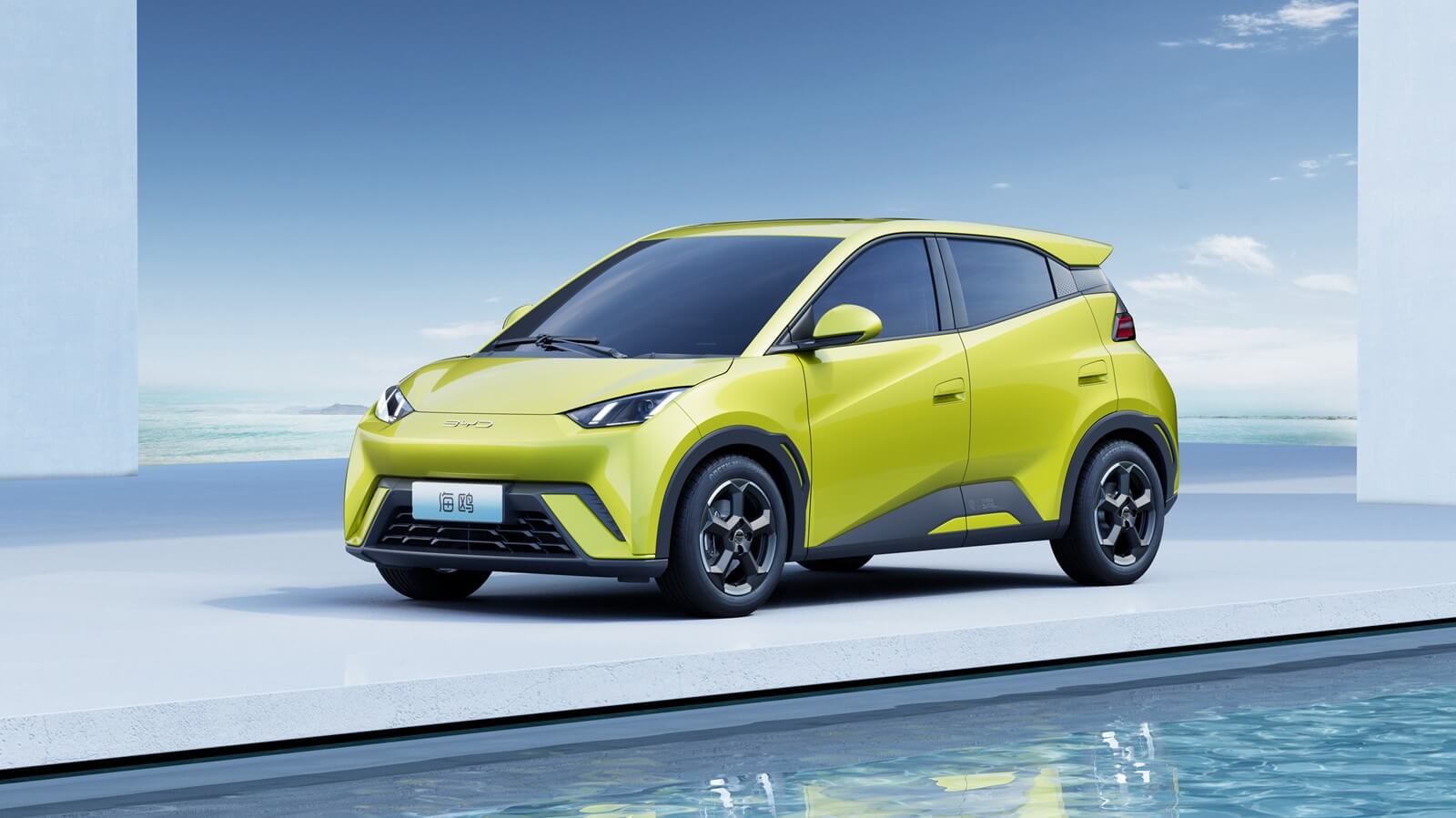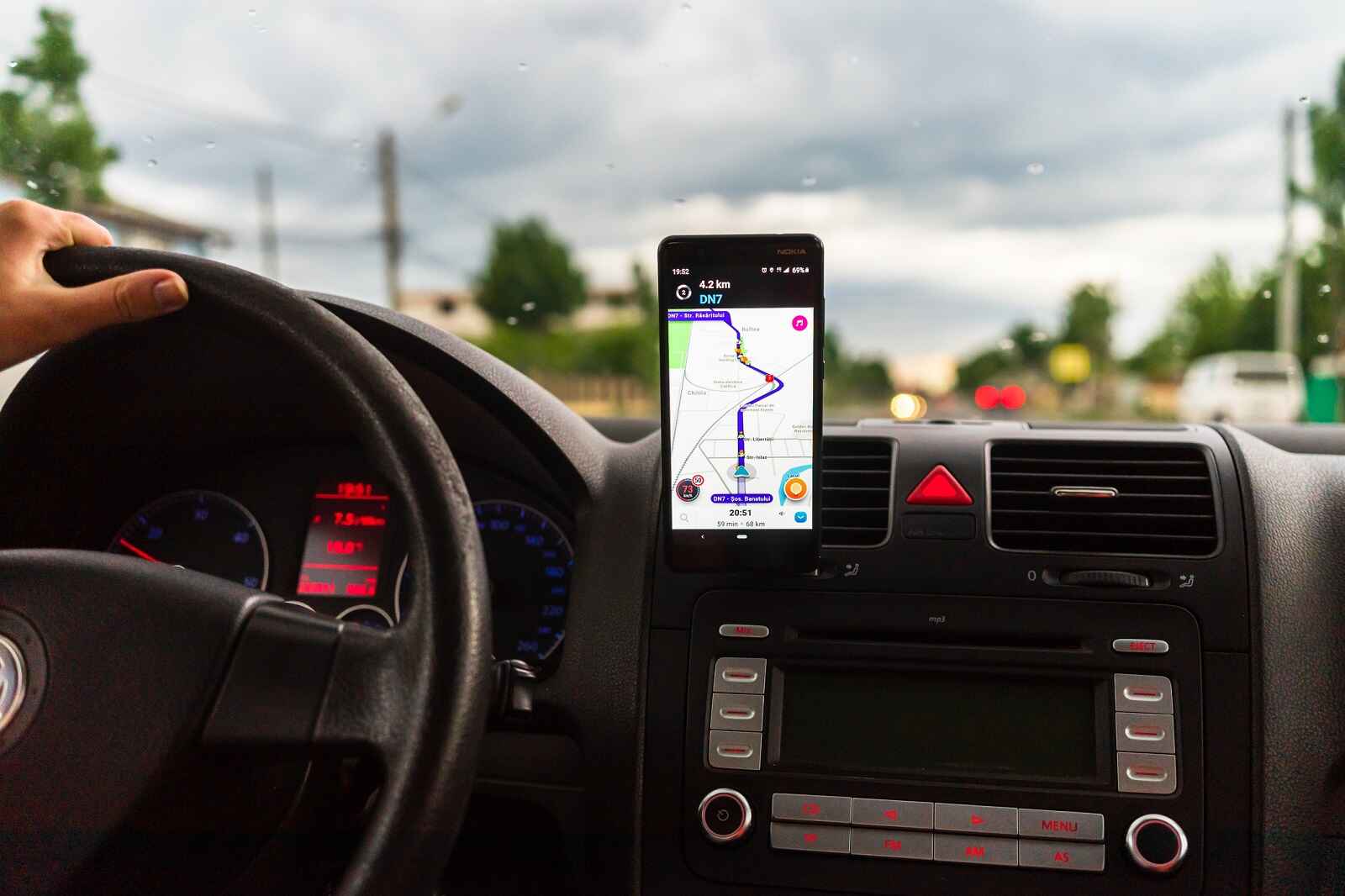Growing Risks in Crosswalks and City Streets
Crosswalks, traditionally sanctuaries for pedestrians, are witnessing a distressing rise in dangerous encounters with vehicles. Urban environments, notorious for their dense traffic, are seeing an uptick in accidents where vehicles strike pedestrians. This worrying trend underscores the failure to safeguard pedestrians in spaces specifically designed for their safety.
Trends and Drivers of Increasing Incidents
Recent findings by the Governors Highway Safety Association point to a concerning spike in pedestrian deaths, with the numbers exceeding 3,000 in the early months of 2023—an alarming increase from prior years. Contributing to this surge are factors such as the heightened instances of impaired driving and the dominance of larger vehicles like SUVs and trucks on the roads. These larger vehicles inherently carry a higher risk of fatal outcomes when they collide with pedestrians due to their bulk and structural design.
Strategies for Enhanced Safety and Vigilance
Addressing this growing problem requires committed action from both motorists and pedestrians to enhance road safety. Motorists are urged to eschew dangerous driving behaviors, including excessive speeding and impaired driving, and to pay meticulous attention to pedestrian crossings. Conversely, pedestrians must maintain vigilance at all times—especially when legally crossing—and avoid unsafe practices such as darting between parked cars. Through improved awareness and strict adherence to safety measures, both groups can help decrease the frequency of these tragic occurrences on our streets.




